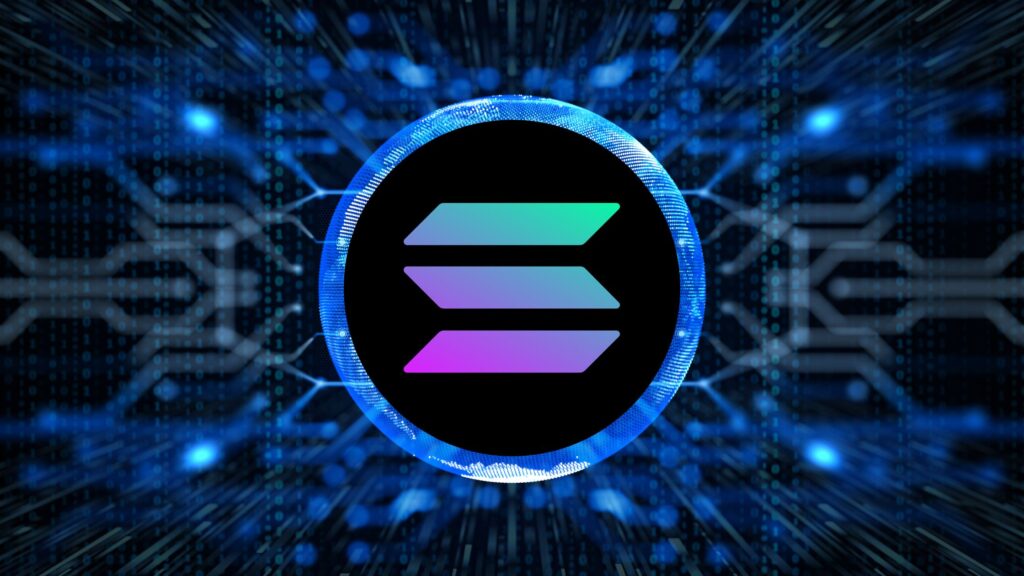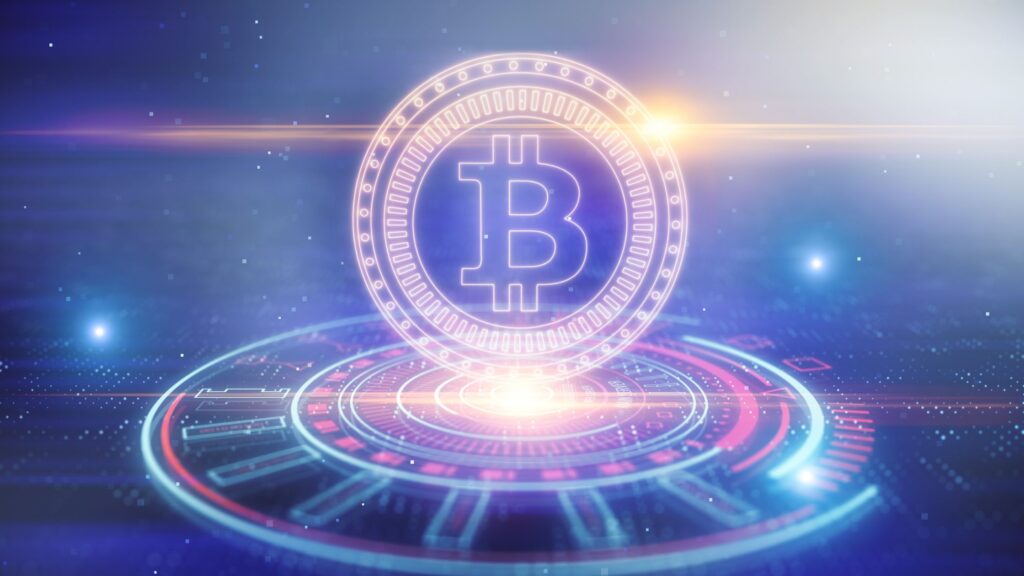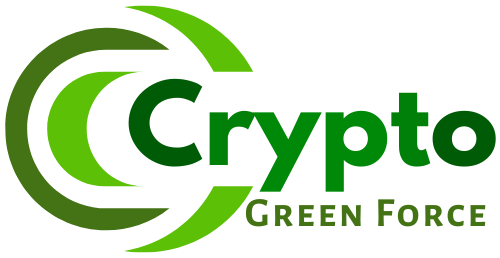Anatoly Yakovenko, the Solana founder, has revolutionized blockchain technology with his innovative Proof of History mechanism. Despite challenges, Solana continues to lead in speed and scalability, attracting developers and investors worldwide. This article explores Yakovenko’s journey, innovations, and Solana’s future.

The Background of Anatoly Yakovenko
Anatoly Yakovenko, the Solana founder, has an extensive background in software engineering and distributed systems. Before launching Solana, Yakovenko worked at Qualcomm for over a decade, where he contributed to high-performance networking and compression systems. His experience at Qualcomm played a crucial role in shaping the Solana blockchain.
Before his venture into blockchain, Yakovenko also worked at Mesosphere and Dropbox, focusing on distributed computing. His exposure to these systems sparked his interest in solving blockchain scalability issues.

Solana’s Origin: The Journey to High-Speed Blockchain
In 2017, Yakovenko started working on a new blockchain concept that aimed to overcome the limitations of existing networks like Bitcoin and Ethereum. His key innovation was Proof of History, a cryptographic timestamping method that enables parallel transaction processing, making Solana one of the fastest blockchains globally.
Alongside co-founder Raj Gokal, Yakovenko assembled a team of engineers to bring his vision to life. They designed Solana to handle up to 50,000 transactions per second, a stark contrast to Ethereum’s much lower TPS at the time.
Challenges and Setbacks
Solana gained immense popularity due to its speed and efficiency, but it was not immune to challenges. The blockchain suffered multiple outages, leading to concerns about its reliability. Additionally, its close association with FTX and Alameda Research significantly impacted its reputation.
The FTX scandal caused Solana’s price to plummet as investors withdrew their holdings. Despite these obstacles, the Solana founder remained optimistic, stating that these setbacks were part of the natural evolution of blockchain technology.
Solana’s Ecosystem and Growth
Solana thrives in blockchain innovation, attracting developers and expanding its ecosystem despite market challenges.
- Booming NFT Marketplaces
Platforms like Magic Eden and Metaplex drive NFT adoption on Solana, offering fast, low-cost transactions, fostering digital art growth, and enabling seamless creator-to-collector interactions in the decentralized space.
- DeFi Expansion and Adoption
Solana-based decentralized exchanges and lending platforms provide high-speed, low-fee trading. These innovations make DeFi more accessible, attracting users seeking efficient alternatives to traditional financial systems.
- Mobile and Web3 Integration
The Solana Mobile Saga phone bridges blockchain with mainstream tech, ensuring seamless Web3 access, secure crypto transactions, and enhanced user experience for mobile-first decentralized applications.
- Developer-Friendly Infrastructure
Solana’s robust framework, low-cost transactions, and scalable architecture attract developers to build innovative dApps, fostering a vibrant ecosystem of projects across gaming, finance, and decentralized applications.
- Institutional and Corporate Adoption
Major enterprises and fintech firms recognize Solana’s efficiency, leveraging its blockchain for payments, asset tokenization, and secure transactions, positioning it as a strong competitor in blockchain-based financial solutions.
Solana vs. Ethereum: A Healthy Competition
Although Solana is often labeled as an Ethereum killer, Yakovenko rejects this notion. He has publicly stated that both networks can coexist and evolve together. Solana’s strength lies in its ability to execute transactions rapidly, whereas Ethereum remains dominant due to its established developer community and robust security framework.
Instead of competing directly, Yakovenko sees Solana as an operating system that can accommodate various virtual machines, including Ethereum’s EVM. This interoperability could pave the way for greater blockchain adoption.
Regulation and the Future of Blockchain
Regulatory uncertainty is one of the biggest hurdles for blockchain projects. Yakovenko has been vocal about the need for clear and fair regulations that foster innovation. He argues that just as the internet thrived due to well-defined policies, blockchain technology requires a similar approach to ensure its long-term success.
Governments worldwide are exploring blockchain applications, and Yakovenko believes public-private partnerships could accelerate adoption. He encourages lawmakers to experiment with blockchain firsthand to craft informed policies.
Conclusion
The journey of the Solana founder, Anatoly Yakovenko, is a testament to the resilience and innovation required in the blockchain industry. Despite challenges, Solana remains a formidable player in the space, thanks to its high-speed transactions and growing ecosystem.
As the crypto landscape continues to evolve, Solana is poised to play a crucial role in shaping the future of decentralized applications and finance. To learn more about Solana and its latest developments, visit Crypto Green Force.

FAQs
1. What makes Solana different from Ethereum?
Solana differentiates itself through its Proof of History (PoH) consensus mechanism, which allows for faster transactions and lower fees compared to Ethereum.
2. How did the FTX collapse impact Solana?
FTX’s collapse led to a significant drop in Solana’s price due to its close ties with Alameda Research, but the network has continued to grow despite these challenges.
3. What is the future of Solana?
Solana aims to become the backbone of financial markets by ensuring real-time transaction processing and fostering a vibrant ecosystem of decentralized applications.
4. How does Solana handle network outages?
Solana has implemented various upgrades to enhance its stability and prevent future outages, including improvements in validator coordination and transaction processing.



